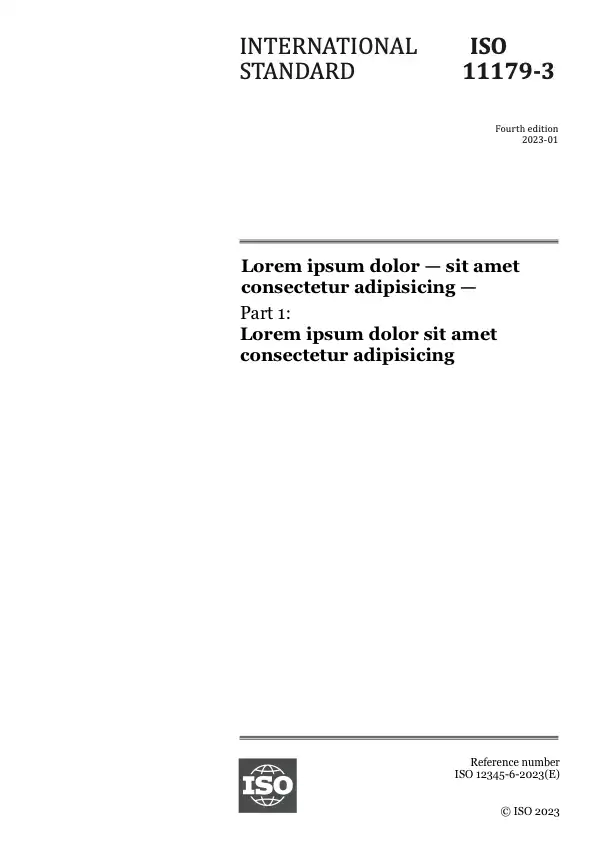Тезис
This document specifies the conceptual and logical data model and physical encoding formats for geographic databases for Intelligent Transport Systems (ITS) applications and services. It includes a specification of potential contents of such databases (data dictionaries for Features, Attributes and Relationships), a specification of how these contents shall be represented, and of how relevant information about the database itself may be specified (metadata).
The focus of this document is on ITS applications and services and it emphasizes road and road-related information. ITS applications and services, however, also require information in addition to road and road-related information.
EXAMPLE 1 ITS applications and services need information about addressing systems in order to specify locations and/or destinations. Consequently, information about the administrative and postal subdivisions of an area is essential.
EXAMPLE 2 Map display is an important component of ITS applications and services. For proper map display, the inclusion of contextual information such as land and water cover is essential.
EXAMPLE 3 Point-of-Interest (POI) or service information is a key feature of traveller information. It adds value to end-user ITS applications and services.
Typical ITS applications and services targeted by this document are in-vehicle or portable navigation systems, traffic management centres, or services linked with road management systems, including public transport systems.
The Conceptual Data Model has a broader focus than ITS applications and services. It is application independent, allowing for future harmonization of this document with other geographic database standards.
Жизненный цикл
-
Ранее
ОтозваноISO 14825:2011
-
Сейчас
-
00
Предварительная стадия
-
10
Стадия, связанная с внесением предложения
-
20
Подготовительная стадия
-
30
Стадия, связанная с подготовкой проекта комитета
-
40
Стадия, связанная с рассмотрением проекта международного стандарта
-
50
Стадия, на которой осуществляется принятие стандарта
-
60
Стадия, на которой осуществляется публикация
-
90
Стадия пересмотра
-
95
Стадия, на которой осуществляется отмена стандарта
-
00
Появились вопросы?
Ознакомьтесь с FAQ
Часы работы:
Понедельник – пятница: 09:00-12:00, 14:00-17:00 (UTC+1)

